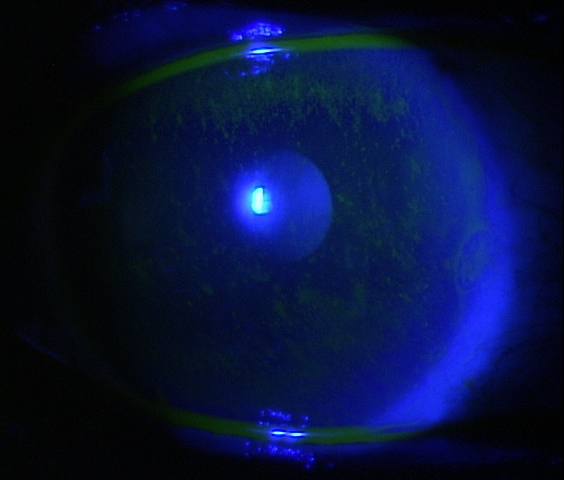



Depending on how severe the condition is, some people may need a more invasive treatment option, such as a surgery to physically move the eyelids closer to one another so that they are more likely to shut.This is done by enlarging either the top or bottom eyelid. There are many easy options for managing this condition, such as using eye drops to keep the eyes moistened, using a sleeping mask, gently taping the eyelids shut at night, or applying small weights to the eyelids at night to keep them shut. If you think you have it then try taping your eyes shut for the night. Simple checks ensure there is no component of floppy eyelid syndrome, nocturnal exposure lagophthalmos (eyes opening whilst asleep), or neurotrophic keratopathy. They basically put a small weight in your eyelid that will help keep your eyelids shut at night via gravity. Some of the symptoms associated with this condition include dry eyes, sensitivity to light after waking, red eyes, and/or blurred vision. Nocturnal Lagophthalmos is not dangerous in itself however, it can lead to vulnerability of the eye for injuries or scratches, because the eyelid is not fully protecting the eye. Eyelid taping, ointments, and moisture chamber goggles may help. This condition may be caused by several factors, including protruding or deeply sunken eyes and cosmetic surgery on the eyelids, to more serious factors like damage to the facial nerve due to stroke, autoimmune disease, or hyperthyroidism. The eyelids protect the eyes from foreign substances and they close during sleep to prevent the eyes from becoming dry, which could cause complications and discomfort. If left untreated, this condition can result in corneal scarring, eye infections, and impaired vision.
#Nocturnal lagophthalmos nhs skin
Nocturnal Lagophthalmos is a condition where a person does not completely close the eyelids during sleep. Nocturnal lagophthalmos is the inability to close your eyelids during sleep, usually due to a problem with the skin or muscles around your eyes.


 0 kommentar(er)
0 kommentar(er)
